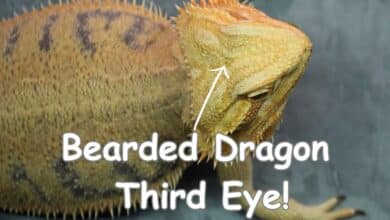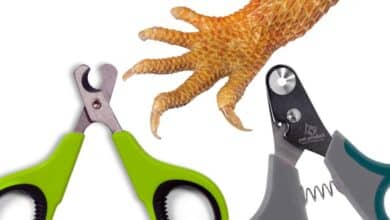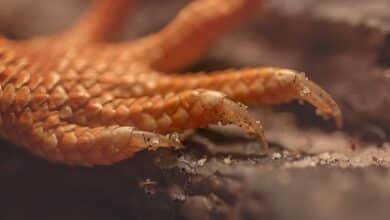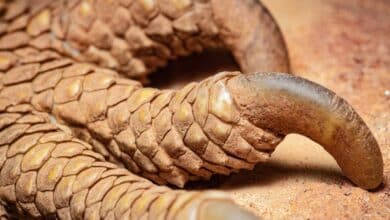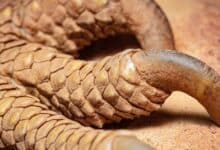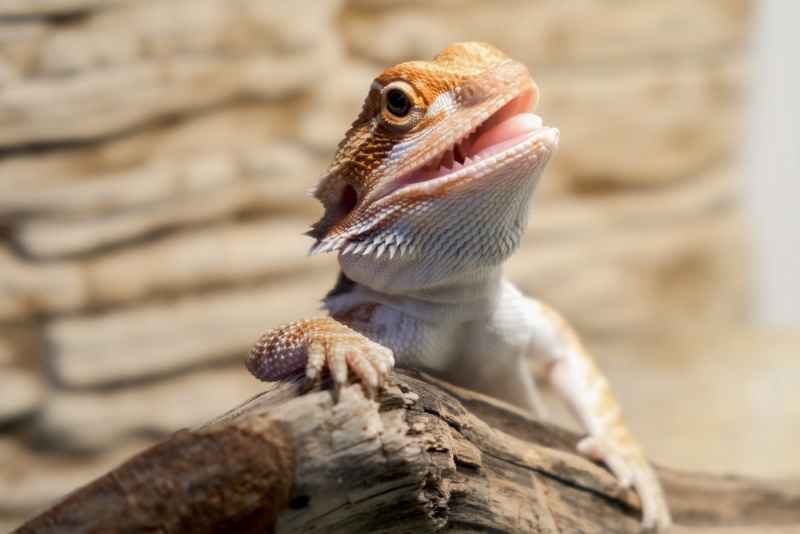How To Help A Malnourished Bearded Dragon Explained
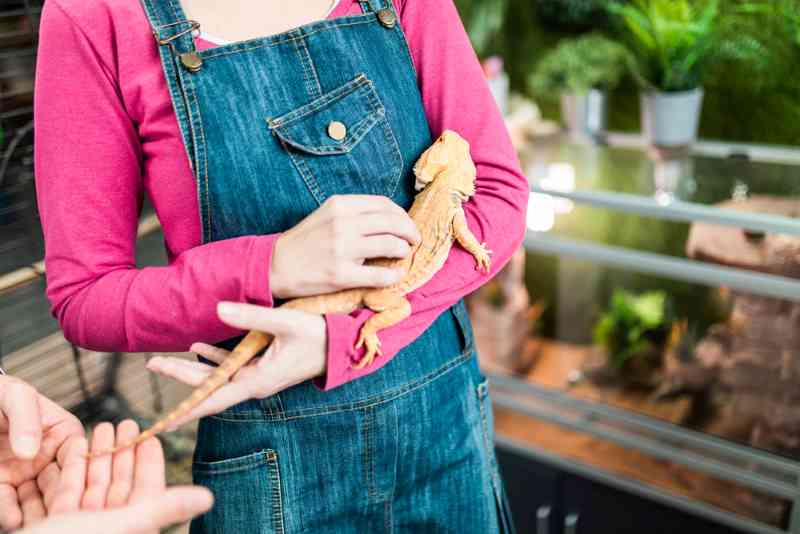
If you’ve just gotten a new bearded dragon and you’re noticing that he/she seems a little bit off, it could be possible that you have a malnourished beardie on your hands. Malnourishment is one of the most common problems that plague bearded dragons — especially when they haven’t been cared for correctly.
So, what can you do to help?
Contents
What Is Malnourishment?
Malnourishment is when a living being doesn’t receive the nutrients it needs to thrive. It’s, essentially, a lack of vitamins, minerals, and other nutrients that the organs and tissues of the body need to function.
Signs of Bearded Dragon Malnourishment
- Lethargy: one possible symptom of malnourishment is lethargy, which is characterized by your dragon having less energy than usual and/or seeming more sluggish and slow.
- Deflated fat pads: Bearded dragons have pads of fat on their heads. If your dragon’s fat pads seem thin or otherwise deflated, this is a sign of possible malnourishment.
- Thin tail: Healthy bearded dragons should have robust tails that are not bony or thin.
- Calcium deficiency: when your dragon isn’t getting enough calcium, its bones can become brittle and prone to breaking. Easy/frequent breakage or bone injuries are indicative of possible malnourishment.
What To Feed Malnourished Bearded Dragons
Malnourished beardies should be started on a proper diet as soon as possible. An adequate diet includes a mixture of vegetables/fruits and protein sources.
The diet should be balanced and the dragon should be fed something for each food group every day.
Your dragon should be fed small quantities of fruit and the rest of the diet should be protein and leafy greens.
Consider feeding your bearded dragon some of the following:
- Apples
- Carrots
- Romaine lettuce
- Strawberries
- Mangos
- Squash
- Peaches
- Collard greens
- Bok choy
- Kale
- Parsley, watercress, cilantro
- Swiss chard
- Cabbage
- Bell peppers
- Superworms
- Dubia roaches
- Wax worms
- Mealworms
- Crickets
You may also consider adding reptile multivitamins or calcium supplements to the dragon’s diet.
How To Feed A Malnourished Bearded Dragon
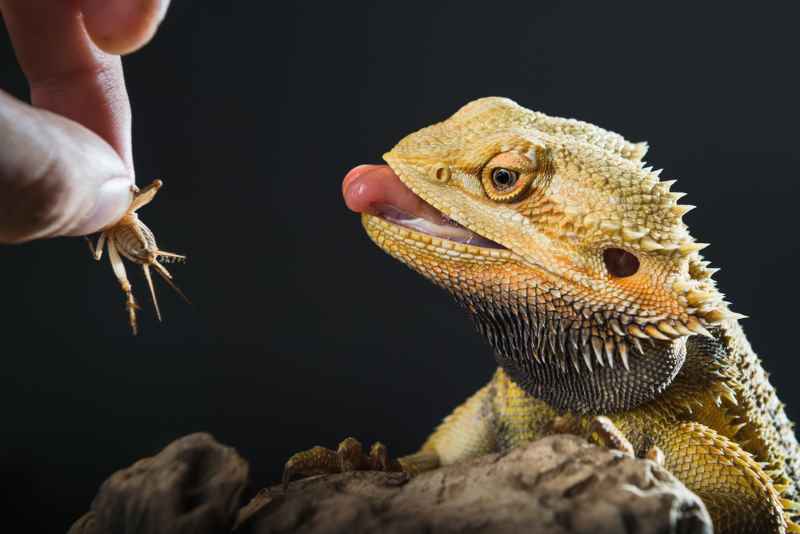
If your dragon is severely malnourished and cannot eat by itself, you may need to spoon-feed it. In this case, find organic baby food and mix it with calcium; use it as your dragon’s staple until he or she can eat independently again.
To get some protein into the diet of a dragon who is too weak to eat, you’ll need to pull out your blender. Source a live or dried protein source and blend it with greens or baby food (only fruit or vegetable baby food) so that it becomes a liquid and can be easily consumed by your dragon.
Alternatively, if your dragon can eat by itself, serve it a plate of fruit and veggies plus live food options that have been dusted with calcium. You could also serve your dragon dried protein if he or she is lethargic and uninterested in hunting.
In addition, offering live protein in a small area such as a 20-gallon-long tank or aquarium could be a good idea, too, as your dragon doesn’t have to spend as much energy chasing down its prey. Just be sure that the enclosure has a lid so the protein items can’t escape — especially if they’re crickets.
Force-Feeding Bearded Dragons
Sometimes, it may be necessary to force-feed a bearded dragon in order to save its life. We’d only recommend doing this after you’ve seen a vet, who has given you the A-OK to go ahead with the force-feeding. However, if you feel the need to force feed before visiting the vet, it can be done.
You’ll need to start by pureeing the food you want to feed in the blender. Include protein and vegetables — make a smoothie with it (minus the ice). Add calcium or vitamins if you have any on hand.
Track down a syringe and pull a syringe full of the mixture.
Now, get your beardy in position. Apply firm but gentle pressure to the sides of its mouth, roughly 3 cm back from its ears. The dragon should open its mouth, after which you can gently release a small amount of the puree into its mouth.
Be sure not to choke your dragon with too much food — in this case, a little goes a long way.
If your dragon manages to spit some out, don’t worry. Simply try again or wait until later and then try again. Each time you offer food this way, the dragon is bound to ingest at least a small portion of it, which all adds up over time.
Conclusion
A malnourished reptile is never something that any reptile keeper wants to deal with. Unfortunately, it happens often due to the poor care of previous owners and poor living/care conditions at pet shops or breeders.
Luckily, though, there are ways to manage the issue and nurse the creature back to health before it’s too late.
